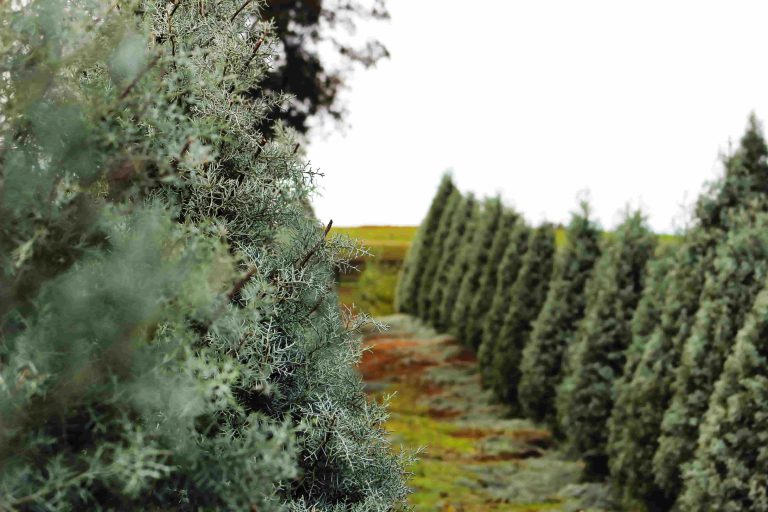The bad news is that, although you may want your real Christmas tree to remain fresh and survive long into the new year, there is a possibility that you may be left with a dried, brittle tree by the time December 25 rolls around. Considering that this is the last thing anybody wants during the holiday season, we’ve compiled the best tips for making sure your tree is still looking fresh and vibrant on Christmas morning.
What is the average lifespan of a Christmas tree? Most real Christmas trees should survive at least five weeks, if not longer if they are cared for properly. That implies that if you decorate for Christmas in late November, your tree should be able to last until at least January.
Follow these tips to make sure that your Christmas tree continues to look beautiful long after it has been cut.
1. Choose a Healthy Christmas Tree
First, keep in mind that if you choose to purchase your tree from a garden center or roadside stand, it is likely to have travelled from out of state and been exposed to drying winds during transportation. Choose a tree from your local Christmas tree farm if you want to start with the freshest tree possible to ensure a successful holiday season. Har Dunne has been recommended in top-rated Christmas tree farms in Ireland. Whichever option you pick, knowing how to choose the best Christmas tree is critical.
Take into consideration the following tips when selecting your Christmas tree:
- Look for a tree that is healthy, green, and has the least number of brown needles.
- Choose a tree that has been displayed in a shaded place. Picking from a sunny area is not recommended.
- Take a couple of branches and run them through your hands. The needles should have a pliable feel to them and should not fall off.
- Lift the tree a few inches above the ground and then lower the trunk into the ground. Few green needles should fall off the tree, but it’s perfectly fine for the tree to shed a few brown ones.
2. Trim The Trunk
Double-check that the seller makes a new cut right across the base of the trunk to aid water absorption when you buy a Christmas tree. This removes any dried-up resin that may be preventing the tree from receiving water. If you’re not going to put your tree up right away when you get home, put it in a bucket of water. (Real trees should always be stored in an unheated garage or in a location free of wind and cold weather.)
Make another one-inch cut off the bottom of the trunk when you’re ready to carry it indoors. Place it on a solid stand that can hold at least one gallon of water once inside.
3. Make Sure You Regularly Water Your Christmas Tree
Don’t forget to water your Christmas tree on a regular basis; if you don’t, the resin will develop, preventing the tree from absorbing water and causing it to dry up fast. Fill the stand with one quart of water for every inch of the trunk’s diameter.
Even if you’ve heard of people adding corn syrup, bleach, aspirin, and sugar to their water, tree preservatives and additions are almost certainly unneeded. Most experts believe that all a tree needs to stay healthy is enough pure water. Just remember to keep an eye on the water level on a regular basis to ensure that it covers the cut end of the trunk. Refill as needed.
According to the National Christmas Tree Association, lowering the ambient temperature may assist slow down the drying process (and therefore result in your tree needing a little less water).
4. Do Not Place The Christmas Tree Close To Heat Sources
There’s nothing more attractive than a gorgeously decorated Christmas tree next to a crackling fireplace – however, along with sunshine radiators, air ducts, and stoves, a frequently used fireplace may contribute to your tree drying out much more quickly. To combat dryness in your house, consider utilizing a humidifier to provide more moisture to the air. This will help prevent your Christmas tree from drying out before the holiday season.
5. Take Your Christmas Tree Down Before It Dries Out
If you wait too long, you’ll end up with an even larger pile of dead pine needles to deal with. Making use of the vacuum hose is the most convenient method of cleaning up fallen needles. Instead of using a fancy attachment, just use the end of the hose to pull needles straight into the bag saving time and money. To avoid your tree from drying out too early make sure you purchase a water base stand.
After you’re done with your tree, you have a few options: you may use it to create a new compost pile, recycle it, or convert it into mulch on your own. If you’re searching for a more environmentally friendly alternative, you may also ask your town about the disposal options available.


